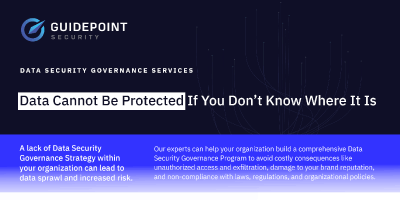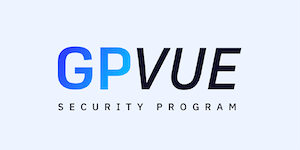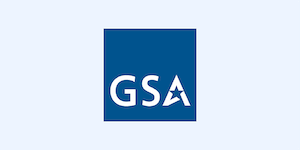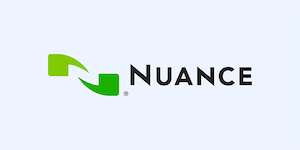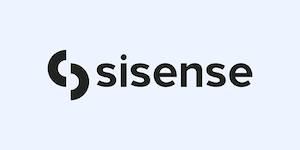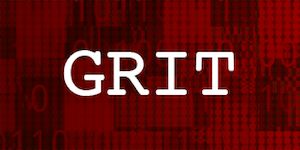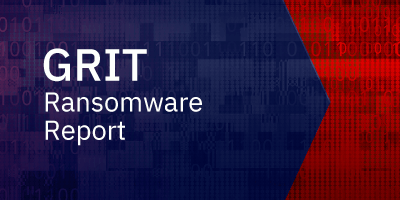Improving Supply Chain Security, Resiliency
January 17, 2024 – Published on InformationWeek
In the digital era, supply chains are not just a means of physical goods movement but also a complex network of intertwined software systems. As such, chief supply chain officers (CSCOs) must pivot toward robust cybersecurity strategies to safeguard these intricate ecosystems and adopt a multi-layered approach to cybersecurity as they expand their supply chain networks.
Having a software bill of materials allows CSCOs to assess the security posture of their vendors and can help identify and mitigate potential risks associated with third-party software. Another foundational step in this approach is the thorough due diligence of new partners and vendors…
…Regulatory compliance plays a vital role in how cybersecurity strategies are built: Compliance mandates like GDPR and the NIST Cybersecurity Framework provide foundations for data protection, access control, and incident response.
Christopher Warner, senior security consultant at GuidePoint Security, says regulatory frameworks often specify security controls and standards that organizations must follow.
“These controls serve as a basis for cybersecurity best practices within supply chains, influencing the selection of security technologies and implementing security policies,” he says via email.
He adds regulatory compliance often involves audits and assessments by regulatory bodies or third-party auditors and assessors.
“Organizations in the supply chain must be prepared to demonstrate their cybersecurity measures and adherence to compliance requirements during such evaluations,” he explains.
Read More HERE.


